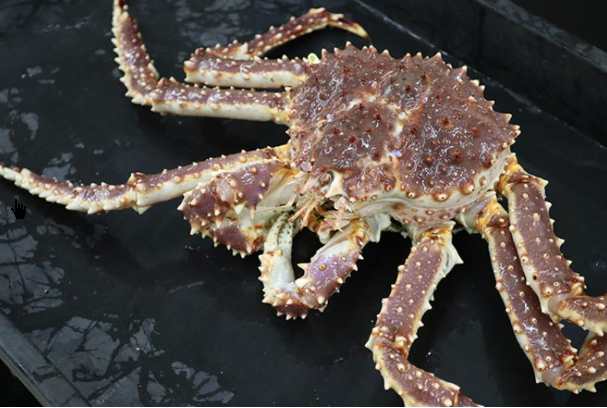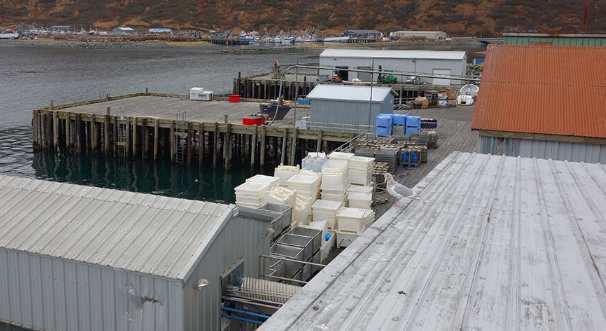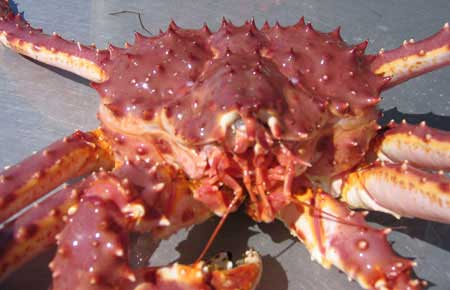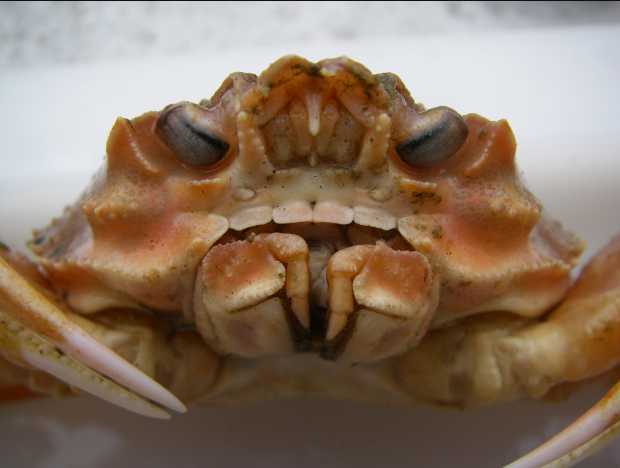The Norton Sound winter commercial crab fish is on hold for lack of buyers, and an area fishery group is calling for the closure of the fishery for 2020 for conservation purposes.
The board of the Norton Sound Economic Development Corp. (NSEDC) on Monday, Feb. 10, urged the Alaska Department of Fish and Game (ADF&G) to close the fishery for 2020 to preserve red king crab stocks. The announcement came just three days after ADF&G put the fishery on hold pending identification of a buyer.
Charlie Lean, of the Northern Norton Sound Fish and Game advisory committee, told the NSEDC board recently that a decline in the reproduction of Norton Sound red king crab stocks is anticipated. He pointed out that trawl surveys can’t find male crab and that commercial and subsistence crabbers can’t find them either.
Lean indicated that 2019 ADF&G observer data showed more female crab with no or few eggs than there were with large clutches of eggs, a first since 2012. Many females with no eggs indicate there aren’t enough male crab to fertilize females.
Lean worked as an ADF&G Nome area management biologist for 15 years and assisted in the management of the Norton Sound red king crab fishery in its early years. He said the same situation occurred in 1982 when crabs were overfished, and the fishery crashed. It took 15 years for the population to recover.
The North Pacific Fishery Management Council recently set the 2020 Norton Sound red king crab legal male biomass estimate, allowable biological catch and overfishing limit level. The preliminary harvest rate set by state officials is 7 percent of the legal male biomass of 2.43 million pounds of red king crab, for a total commercial guideline harvest level of 170,100 pounds. That level of commercial harvest allows a buffer of some 31,000 pounds from the allowable biological catch of 201,000 pounds, to account for subsistence harvests and incidental mortality of non-target crab discards.
[content id=”79272″]
NSEDC noted that last year harvesters caught 82,335 pounds of crab in the combined winter and summer commercial fisheries compared with an average harvest of more than 460,000 pounds the five previous years. Some harvesters, last year, reported fishing in a 100-mile area and not finding any crab or breaking even financially for the season. “From the information we received, I’d rather err in favor of the crab population instead of a few hundred thousand dollars on what might make a poor fishery,” said Dan Harrelson vice-chair of NSEDC. “There are not crab around and I’m afraid we’re going to lose the resource.”
The CDQ group is urging their fishermen to transition to halibut or cod for the season.
Fishermen’s News Online grants permission to the Alaska Native News to post selected articles. Read More at: Fishermen’s News Online.








